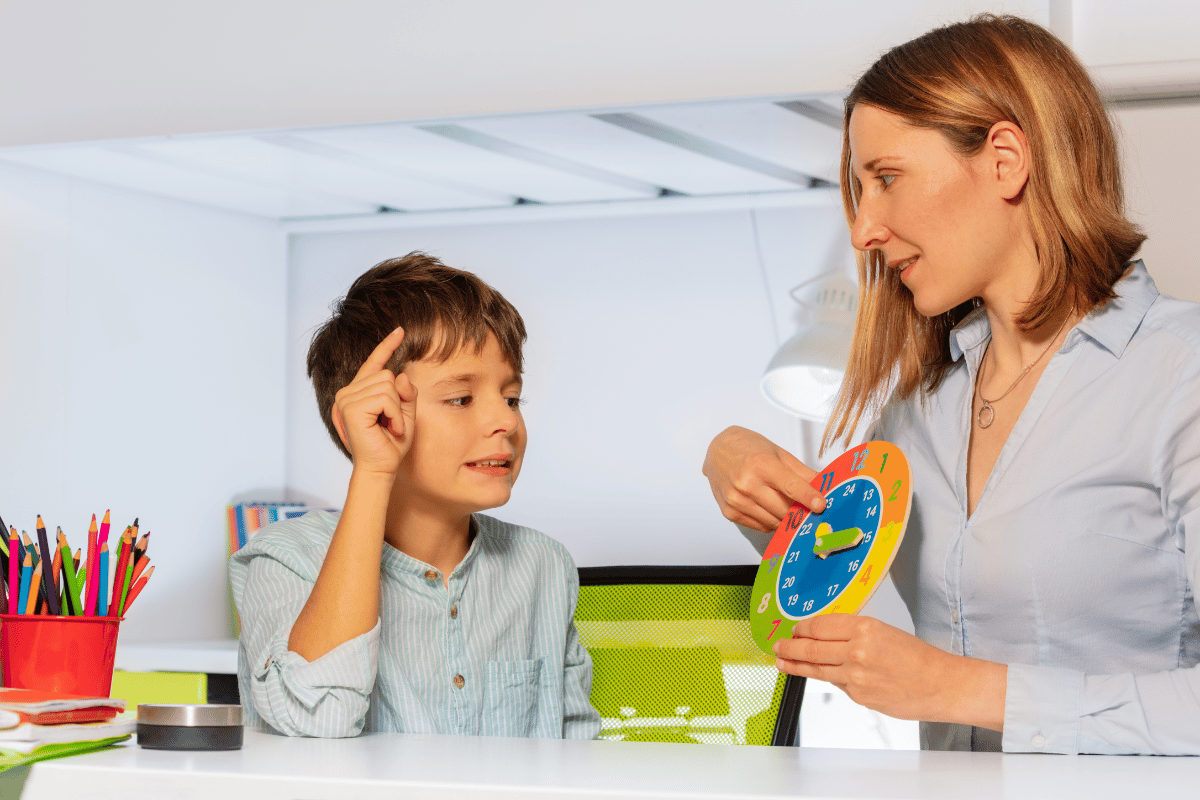How to Get an Autism Diagnosis for Your Child or Teen
Navigating the journey to understanding your child’s development can be challenging, especially when it comes to autism. If you suspect that your child or teen may have Autism Spectrum Disorder (ASD), seeking a diagnosis is the first step toward gaining clarity and accessing the right support. Here’s a detailed guide on how to go through the diagnostic process:
Step 1: Book a Pre-Assessment Appointment
The first step in diagnosing autism involves booking a pre-assessment. This can easily be done through the clinic’s booking panel or by calling directly. The pre-assessment helps start the process of evaluating your child’s development and potential signs of autism.
Once this appointment is booked, the following steps will take place at the clinic in Balbriggan, County Dublin, if you choose to move forward.
Step 2: Pre-Assessment Call (45 Minutes)
The pre-assessment call is an introductory consultation with an ASD-specialized psychologist, designed to gather initial information about your child’s development and any concerns you may have. This consultation is typically done online, offering convenience and flexibility for parents or guardians.
- What happens during the call?
- The psychologist will collect key details about your child’s developmental history, behaviors, and your concerns.
- There is no obligation to proceed to the next step after this call.
The gathered information is reviewed by a clinician to determine if further diagnostic steps are necessary. Based on this review, you may be advised to proceed with an autism assessment, or other recommendations may be provided.
Step 3: Comprehensive Assessment & Diagnosis
If it’s decided that further assessment is needed, the diagnostic process will continue with three distinct assessments. These assessments are vital in building a clear picture of your child’s strengths, challenges, and whether they meet the criteria for an autism diagnosis.
1. Parent/Guardian Interview (ADI-R)
- This is a standardized interview where you, as the parent or guardian, provide in-depth background information on your child’s development and behavior. Honesty and transparency during this interview are crucial, as it forms the foundation for the final diagnosis.
2. Cognitive Assessment of the Child
- This assessment evaluates your child’s cognitive abilities. It can be conducted in-person or online, depending on their age and communication abilities. The results from this test help inform the structure of the next assessment.
3. ADOS-2 Assessment
- The ADOS-2 (Autism Diagnostic Observation Schedule) is a structured assessment where a psychologist or therapist engages your child in various play-based and social activities. Through these activities, they will observe and document behaviors that are characteristic of autism. This session is conducted in-person at the clinic, and while parents are not actively involved, they may attend the session to observe.

Step 4: Report Presentation & Support Plan
Once the assessments are completed, the psychologist will present the final diagnosis in a detailed report. This report not only confirms whether your child has autism but also provides insights into how to support your child moving forward.
- What to expect during the final consultation:
- You will receive a clear explanation of your child’s diagnosis.
- A personalized support plan will be developed, outlining steps for managing ASD in daily life.
- A free follow-up session (1 hour) with the psychologist is included to ensure ongoing support.
During this consultation, you will also be provided with:
- Support letters for communication with your child’s school, college, or workplace (e.g., DARE applications), and guidance on applying for government benefits if necessary.
- Any additional support letters for GPs or other institutions can be requested during this session or at the follow-up.
Aftercare and Continued Support
Once the diagnosis is confirmed, ongoing support is available to help your child thrive. Occupational therapy is often a key part of this continued support, with interventions tailored to your child’s unique strengths and challenges.
- Occupational Therapy: The aim of occupational therapy is to enhance your child’s ability to participate in everyday activities, improving their overall quality of life. All therapists involved are registered with CORU, ensuring the highest standard of care.
Conclusion
Getting a diagnosis for autism can feel overwhelming, but understanding each step of the process can provide clarity and peace of mind. From the initial pre-assessment to the final report and ongoing support, the right resources and professionals are available to guide you through every stage of your child’s autism care pathway.
If you suspect your child may have autism, don’t hesitate to take the first step by booking a pre-assessment. The earlier you seek guidance, the sooner you can begin providing the support they need.







